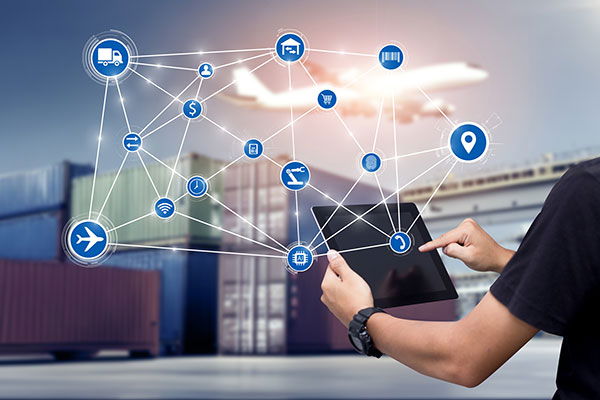5 Ways AI Maps Are Making Supply Chains Smarter and Faster

Maps used to just get drivers from point A to point B. Today, powered by AI, they’re becoming critical supply chain tools — helping fleets avoid costly mistakes, respond faster to disruptions, and prepare for an autonomous future. In a recent episode of the Talking Supply Chain podcast with host Brian Straight, Stuart Ryan, Vice President of Supply Chain at HERE Technologies, shared how intelligent mapping is reshaping logistics. Here are five takeaways from the podcast.
1. Mapping Has Evolved From Directions to Dynamic Intelligence
AI has transformed maps into dynamic, live tools that constantly update. Ryan explained that HERE Technologies uses AI to ingest thousands of data sources, validate them in real time, and create “intelligent maps” that go beyond basic routing to optimize fleets down to the last meter of delivery.

2. Truck-Specific Mapping Prevents Costly Mistakes
Bridge strikes cost state DOTs hundreds of thousands of dollars per incident, and fleets are hit with delays and damages. HERE’s AI-driven maps incorporate truck-specific data like bridge heights, weight restrictions, and access rules, helping carriers avoid expensive errors.
3. Real-Time and Historical Data Work Together
By blending satellite imagery, sensor data, driver feedback, and historical patterns, HERE can push validated map updates in under 24 hours. Ryan noted that AI plays a crucial role in filtering out “bad data,” ensuring customers get accurate, trustworthy information.
4. Supply Chains Can React Faster to Disruptions
Whether it’s traffic, weather, or geopolitical events, disruptions are constant. AI-powered ETAs and tour planning give logistics teams the ability to reroute quickly, optimize delivery times, and maintain resiliency when conditions change on the fly.
5. The Future Lies in Autonomy and Agentic AI
Ryan pointed to the next wave: AI-enabled mapping for autonomous trucks and drones, plus “agentic AI” that could automate entire business processes. These advances could fundamentally change how supply chains plan, monitor, and execute transportation.



